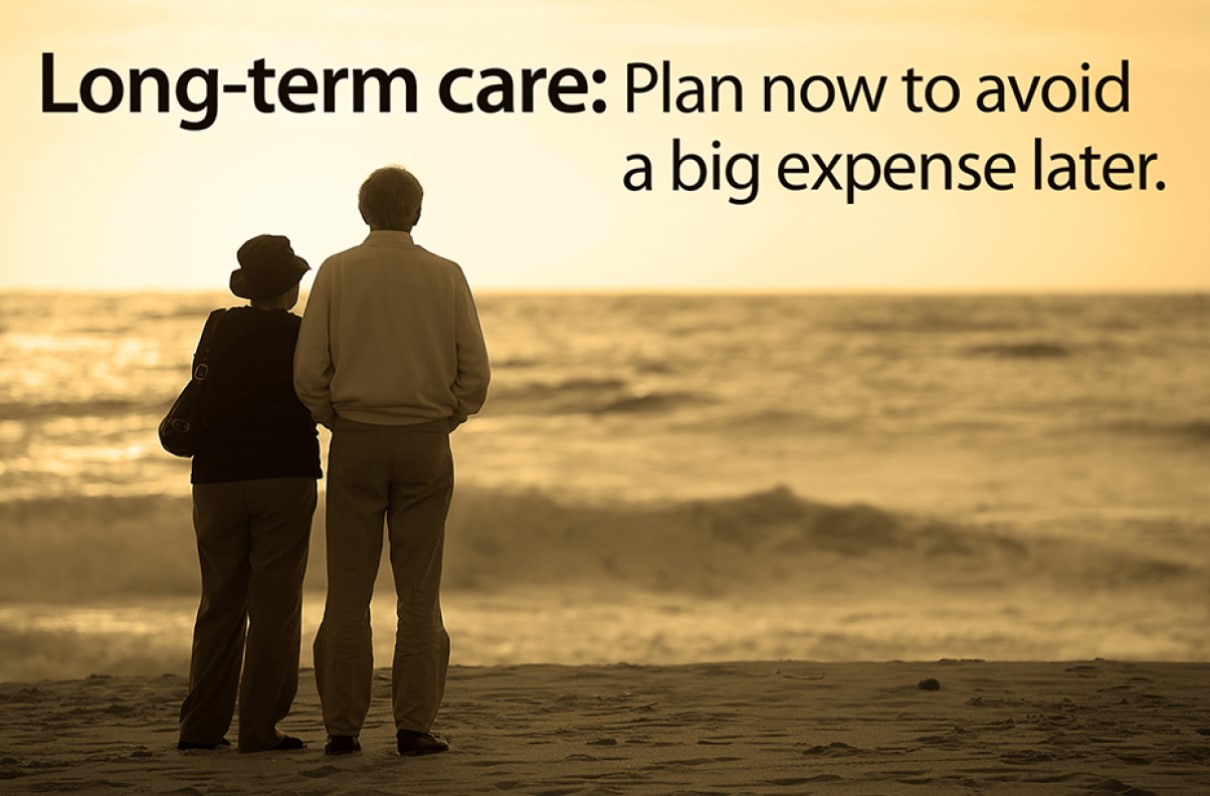This content is sponsored by MOAA Insurance Plans, administered by AMBA Administrators, Inc.
You may be surprised to know that the average life expectancy today is nearly 10 years longer than it was in 1950. While that’s certainly good news, there is a downside. The longer we live, the more likely it is that we’ll need some form of long-term medical care. In fact, it’s estimated that 7 out of 10 people will require long-term care at some point in their lifetime.*
So what exactly is long-term care? It’s the type of help you may need if you’re unable to perform “activities of daily living” — such as eating, dressing, bathing, using the bathroom, or moving about. The objective is to maintain quality of life as you age.
Of course, it’s impossible to predict if you will need long-term care. Nevertheless, planning for the possibility is essential. After all, an unexpected accident, illness, or injury could change the circumstances of your life — and your needs — in a hurry.
Plan for long-term care before you need it.
Planning for the possibility of long-term care in advance allows you to make important decisions while you are still healthy and able. Advance planning also provides the necessary time to learn about services that are available in your community.
With this in mind, it’s important to know that many aspects of long-term care have been changing — especially in the wake of the COVID-19 pandemic. Here are some factors to consider when planning ahead:
- In recent years, there’s been a trend away from traditional nursing homes to smaller facilities. Many patients prefer care settings that are more personalized and integrated into the local community. Are there facilities like this in your area?
- Home-based care is becoming more prevalent and practical. If feasible, people prefer to age in their own homes — and that often means hiring an in-home caregiver. Is your home equipped for a scenario like this?
One aspect of long-term care that doesn’t appear to be changing anytime soon is the high cost. Whether care is provided in a facility or at home, it will come with a considerable price tag. In fact, estimated average monthly costs for an assisted living facility and home health aide are $4,500 and $5,148 respectively.** Unfortunately, Medicare and health insurance typically do not cover the cost of long-term care.
There is a prudent solution, however.
Long-term care insurance is a useful financial planning tool that is often overlooked. Purchasing a policy now — whether it’s for yourself or a loved one — could help you avoid significant expenses down the road. Long-term care insurance can quite literally protect your life savings.
As a MOAA member, you have access to an affordable MOAA-endorsed long-term care insurance program called LTCRplus. Along with benefits to help cover the cost of care, LTCRplus includes services that you or a loved one would truly appreciate at a challenging time — help finding quality care, navigating claims, assessing your needs, creating wills, and more.
For more details on this member benefit, call 1-800-698-7943 or visit moaainsurance.com/ltc.
* LongTermCare.gov; https://acl.gov/ltc/basic-needs/how-much-care-will-you-need (viewed on 5/22/23)
**https://www.genworth.com/aging-and-you/finances/cost-of-care.html (viewed on 6/28/23)
